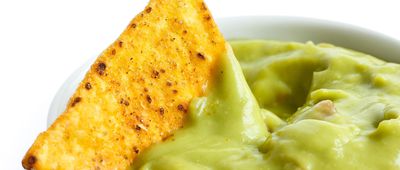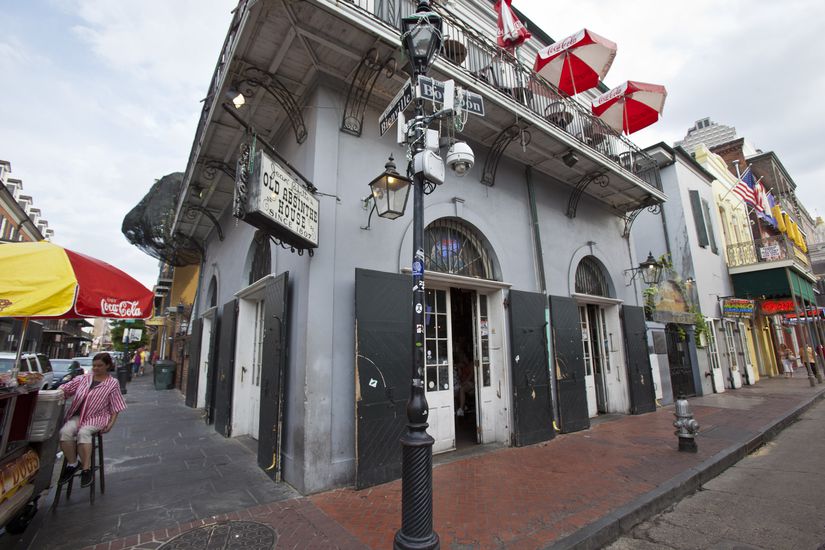The Green Fairy
When it comes to absinthe — the mythical green-hued spirit — there’s plenty of history, lore, and plenty of enticing cocktail recipes to go around. There are also quite a few misconceptions surrounding the vibrantly verdant, high-proof spirit — also known as The Green Fairy or Le Fée Verte in French. To dispel some of the misunderstandings and show why you should add a bottle to your home bar, we're serving up the fascinating history of this potent liquor, along with a few recipes for absinthe cocktails and even some food recipes.

























